Many plants used in traditional medicine are now endangered due to overharvesting, habitat loss, and environmental changes. These plants hold significant medicinal value, offering healing properties that have been utilized for centuries. Unfortunately, their decreasing populations put both ecosystems and human health at risk. The following list highlights some of the most endangered medicinal plants and why they are vital.
Goldenseal (Hydrastis canadensis)
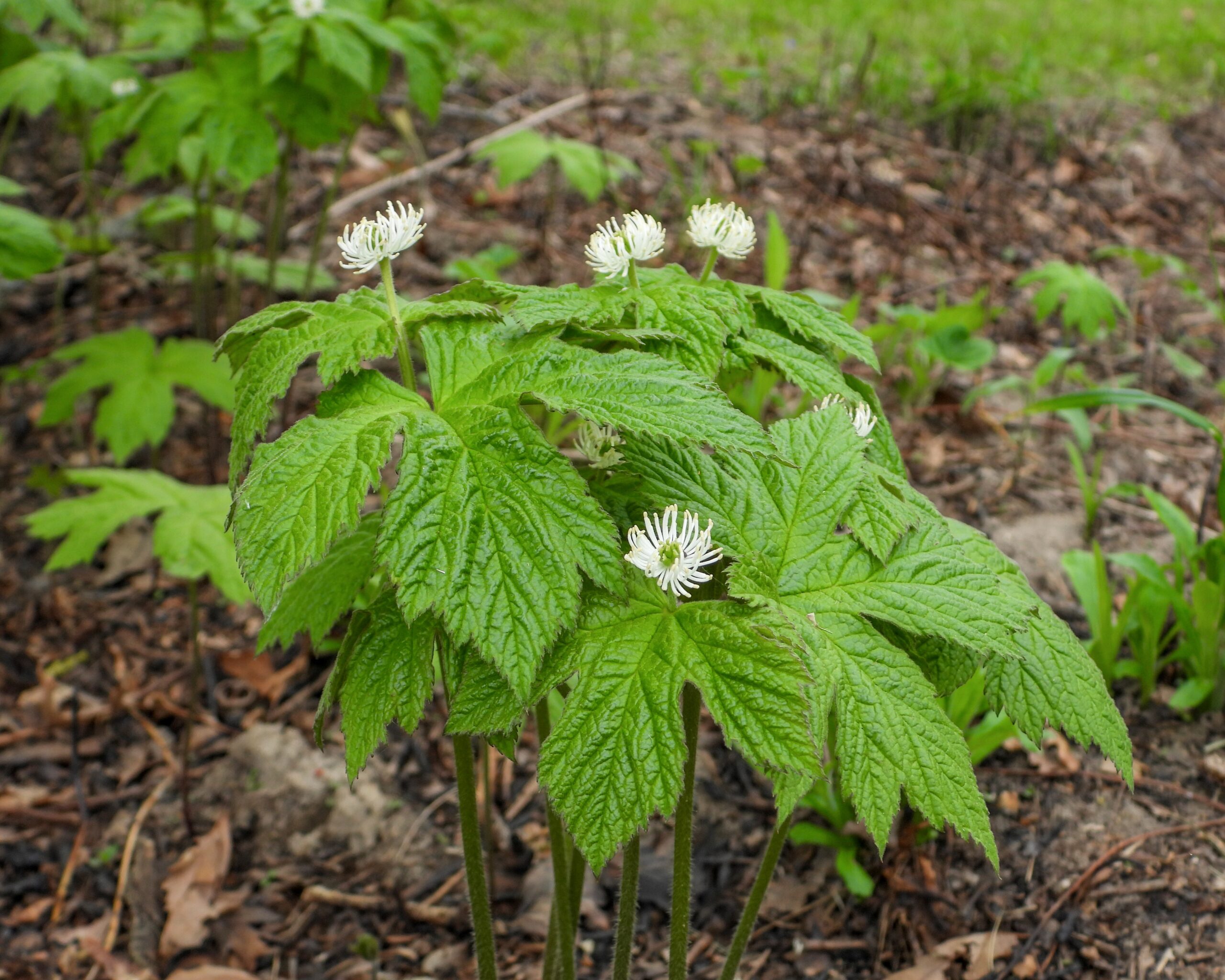
Goldenseal is native to North America, particularly thriving in shady woodlands. This plant has been widely used for its antimicrobial properties and ability to treat infections. Its bright yellow root contains berberine, which has been studied for various health benefits. Due to its popularity in herbal medicine, it has been overharvested, contributing to its endangered status. Efforts are now being made to cultivate it sustainably.
Wild Yam (Dioscorea villosa)
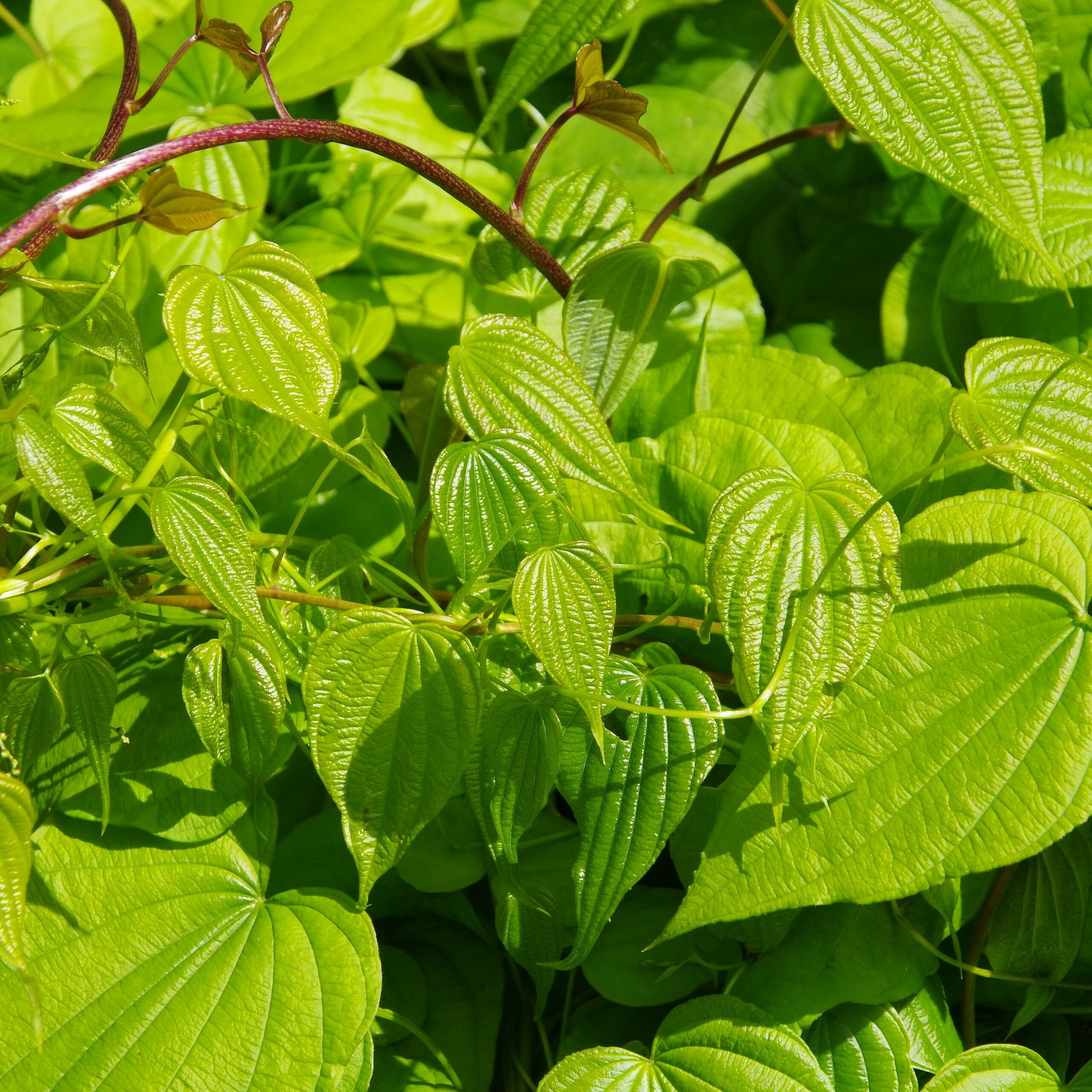
Wild Yam is known for its anti-inflammatory and hormone-balancing properties. Its roots have been used historically to treat ailments like menstrual cramps and arthritis. The plant grows in moist woodlands and along stream banks. Overharvesting and habitat destruction have severely diminished wild yam populations, especially in North America. Conservation programs aim to protect its natural habitats and promote sustainable harvesting.
American Ginseng (Panax quinquefolius)
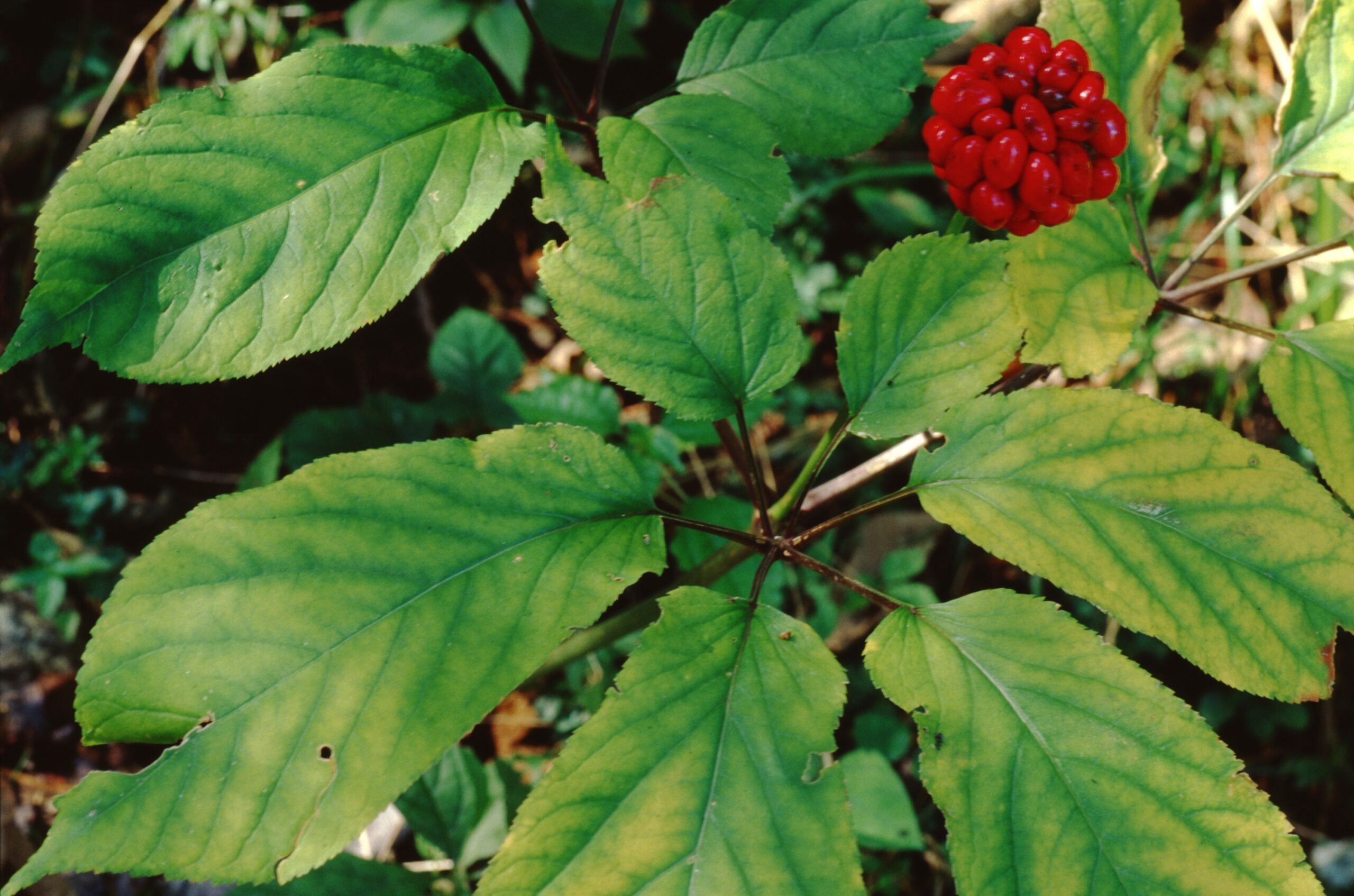
American Ginseng has long been valued in both Native American and traditional Chinese medicine. It is prized for its ability to boost energy, reduce stress, and enhance immune function. This slow-growing perennial plant is often found in cool, shaded forests in the eastern United States. Due to its high demand, overharvesting has led to a dramatic decline in its population, making it vulnerable in the wild.
Slippery Elm (Ulmus rubra)
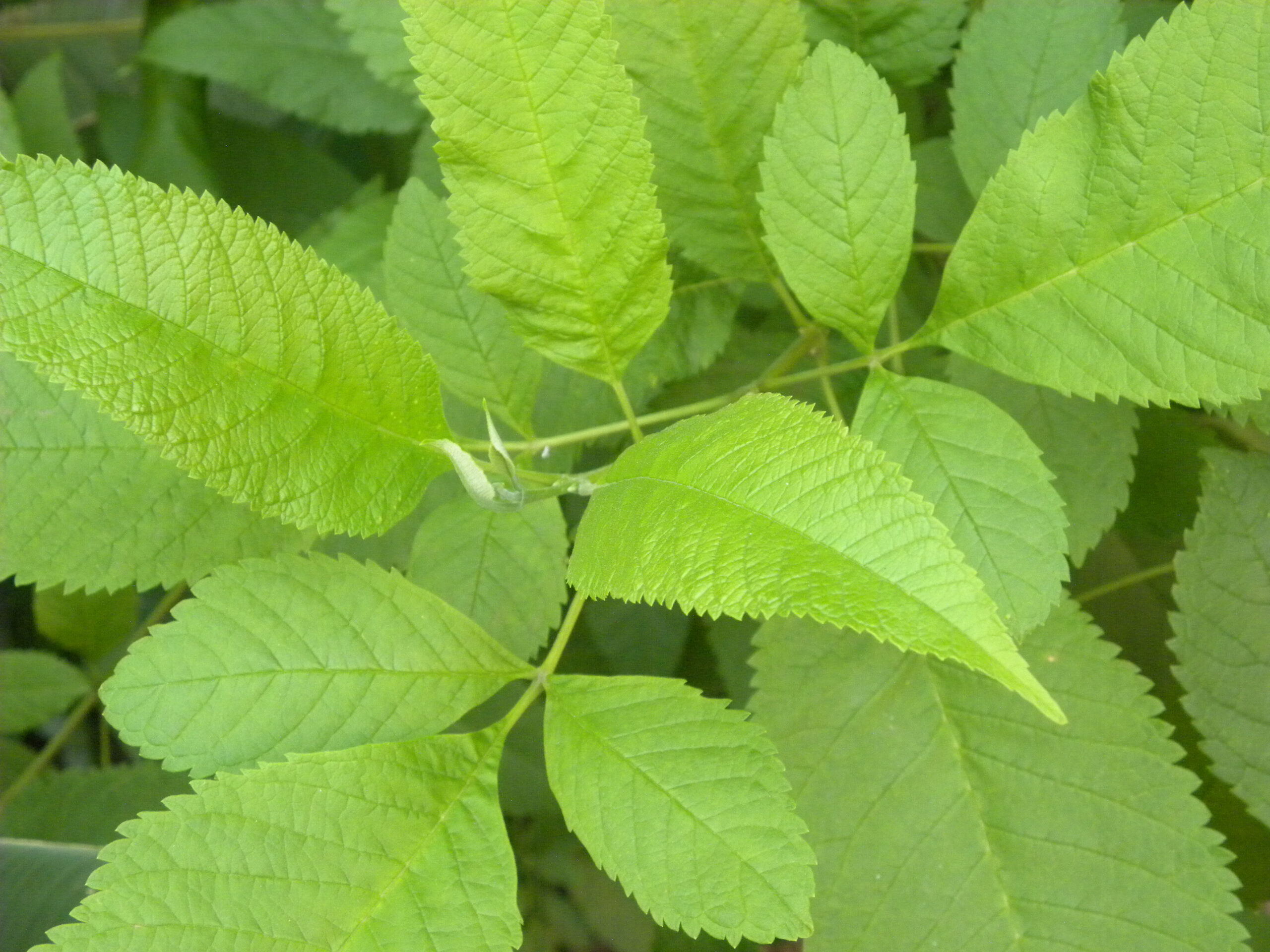
Slippery Elm, a tree native to North America, is valued for its soothing mucilage, which helps treat sore throats, coughs, and digestive issues. The inner bark of the tree is harvested for medicinal use. However, this practice, combined with habitat destruction and disease (like Dutch Elm Disease), has contributed to its endangered status. Replanting and protecting remaining trees are essential to its conservation.
Black Cohosh (Actaea racemosa)
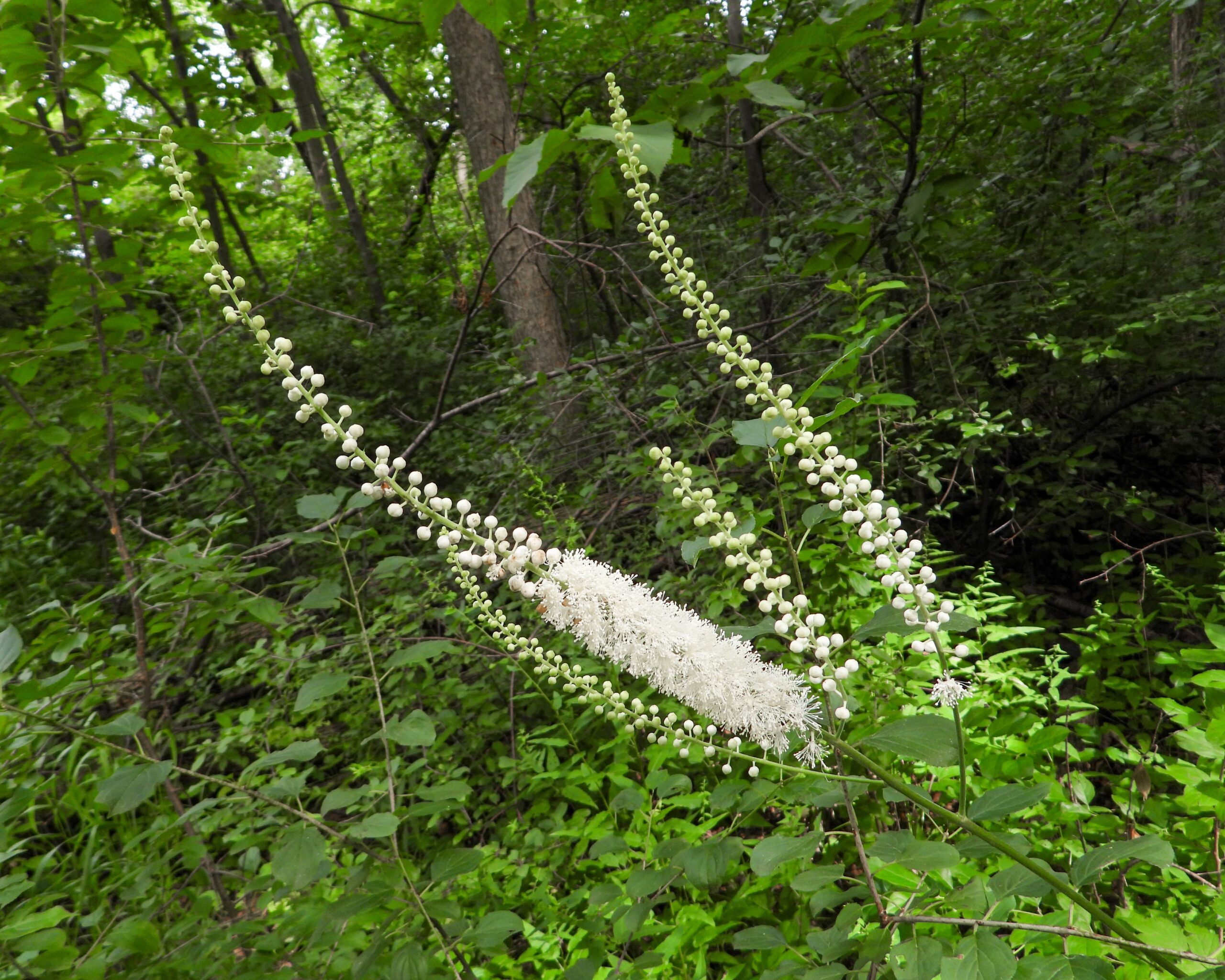
Black Cohosh is widely known for its use in alleviating menopausal symptoms and menstrual pain. It grows in rich, moist forests and produces tall, white flower spikes. Overharvesting for commercial purposes has drastically reduced wild populations, particularly in the Appalachian region. Conservationists are working to encourage sustainable harvesting methods to protect this valuable plant.
Echinacea (Echinacea angustifolia)
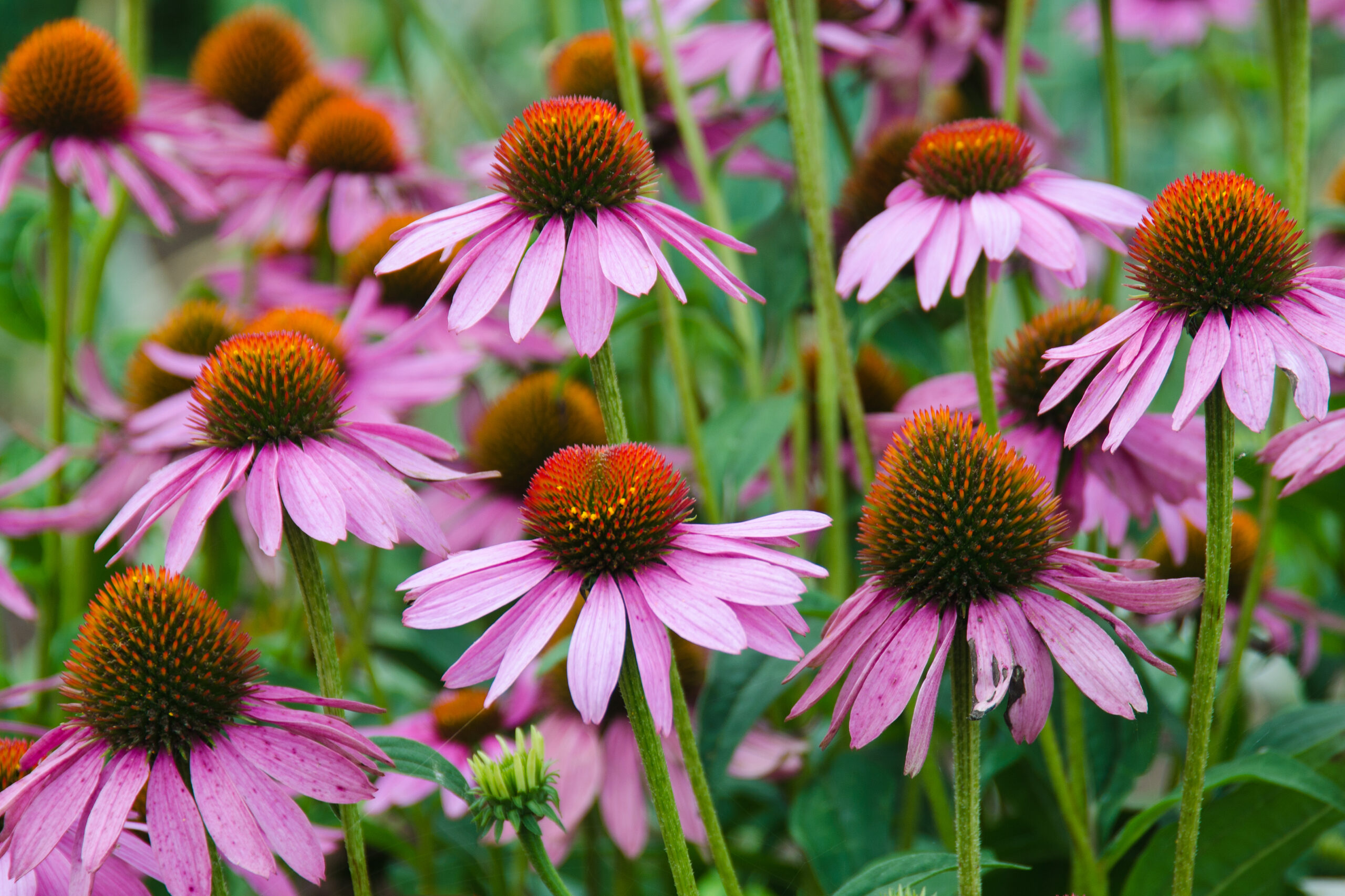
Echinacea is famous for its immune-boosting properties and ability to combat colds and infections. Native to the plains of North America, it thrives in dry, open areas. Due to its high demand in herbal supplements, wild populations of Echinacea have been depleted. Conservation efforts focus on cultivating it in controlled environments to reduce the pressure on wild plants.
Bloodroot (Sanguinaria canadensis)
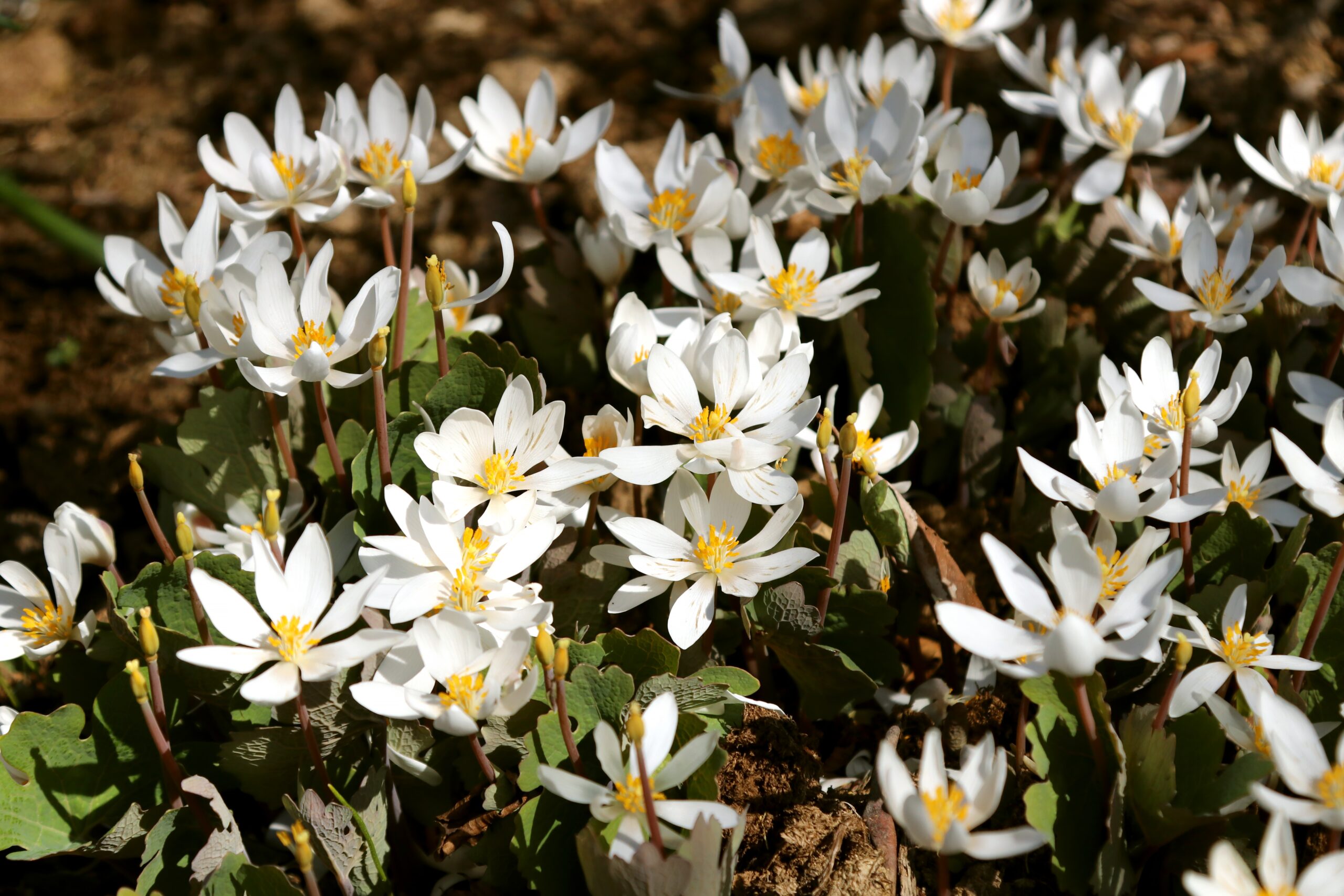
Bloodroot is a small, woodland plant with bright red sap that has been used traditionally to treat skin conditions and respiratory issues. It is native to the eastern United States and Canada. Overharvesting for medicinal use, as well as habitat destruction, has put it at risk. Bloodroot’s decline has raised concerns about the loss of its unique healing properties.
Peyote (Lophophora williamsii)
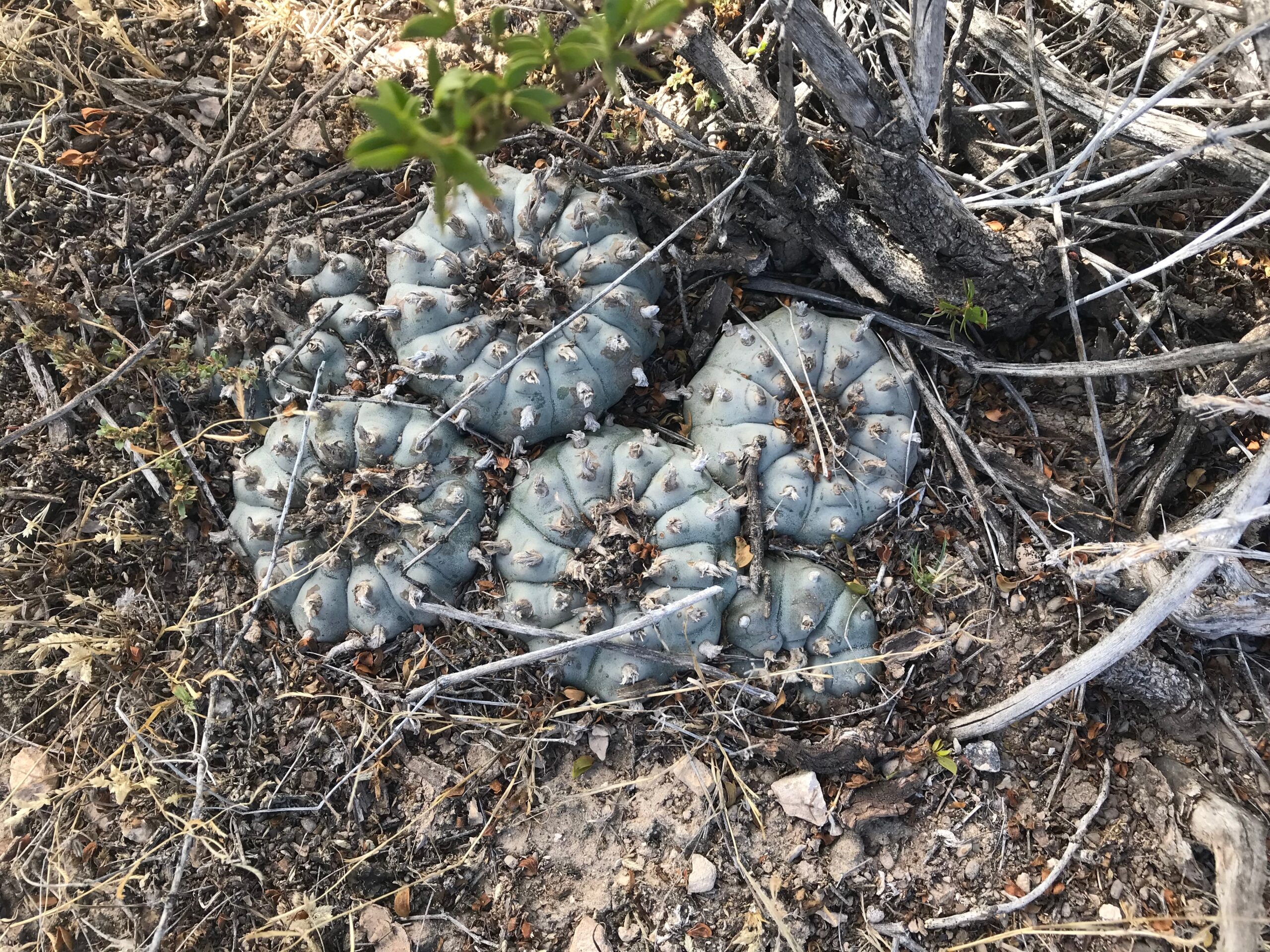
Peyote is a small cactus native to Mexico and the southwestern United States. It has been used in spiritual and medicinal rituals by indigenous peoples for centuries. The cactus contains mescaline, a hallucinogenic compound, and has been used to treat various physical and psychological conditions. However, illegal harvesting and habitat loss have led to its endangered status. Efforts to protect its natural habitat and regulate its use are ongoing.
Hoodia (Hoodia gordonii)
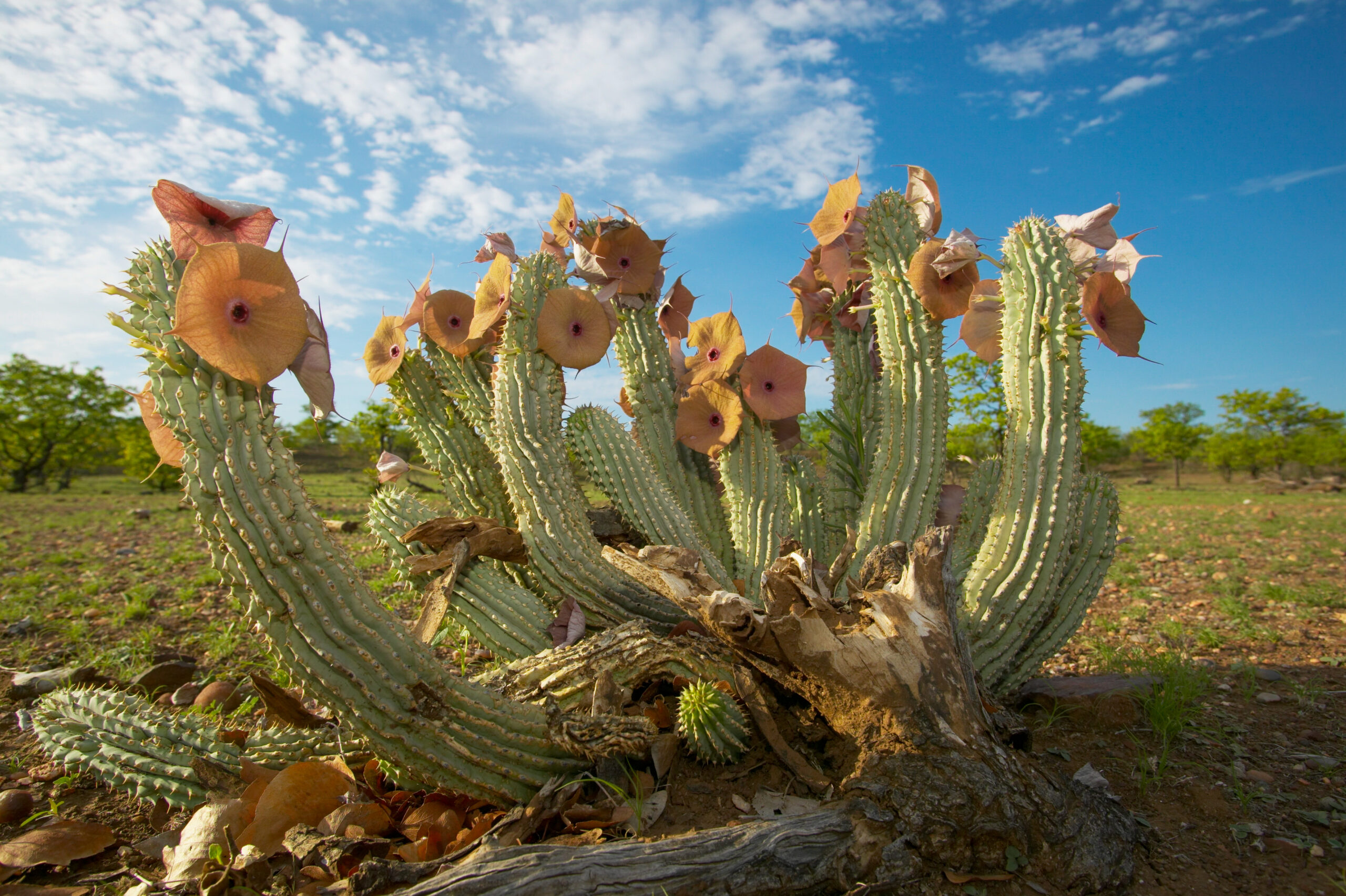
Hoodia is a succulent plant native to the deserts of southern Africa. Traditionally used by indigenous tribes to suppress hunger during long hunts, it gained global popularity as a weight loss supplement. The plant thrives in harsh, arid conditions but grows slowly, making it vulnerable to overharvesting. Conservation efforts aim to regulate its use and protect its natural habitat, as demand for its appetite-suppressing properties has threatened wild populations.
Rhodiola (Rhodiola rosea)
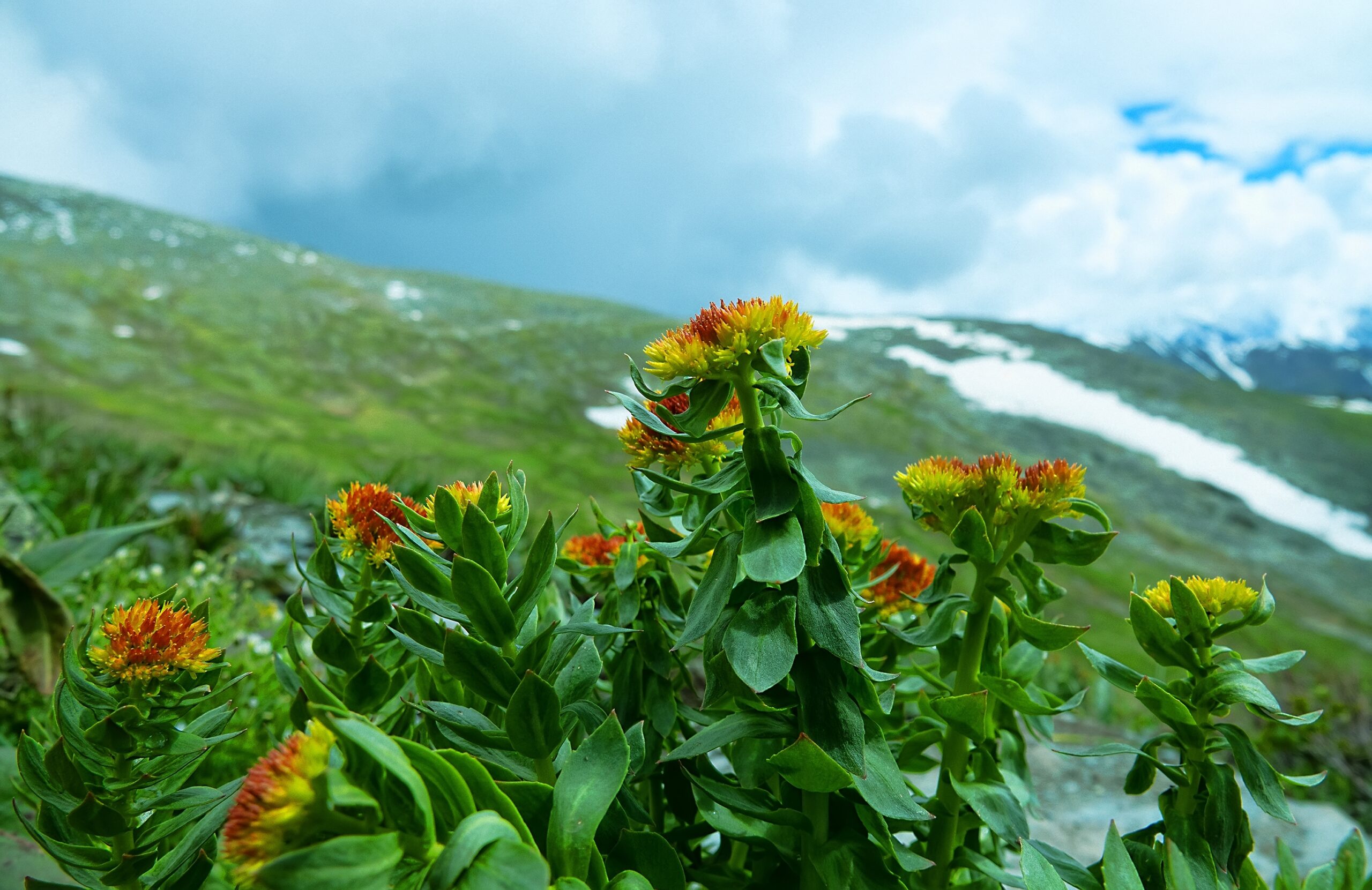
Rhodiola is a hardy plant that grows in cold, mountainous regions. Known for its adaptogenic properties, it helps the body cope with stress and fatigue. The plant’s roots are harvested for their medicinal compounds, leading to its decline in the wild. Overharvesting, especially in Europe and Asia, has greatly reduced its population. Sustainable farming and conservation practices are now being implemented to preserve this valuable species.
Kava (Piper methysticum)
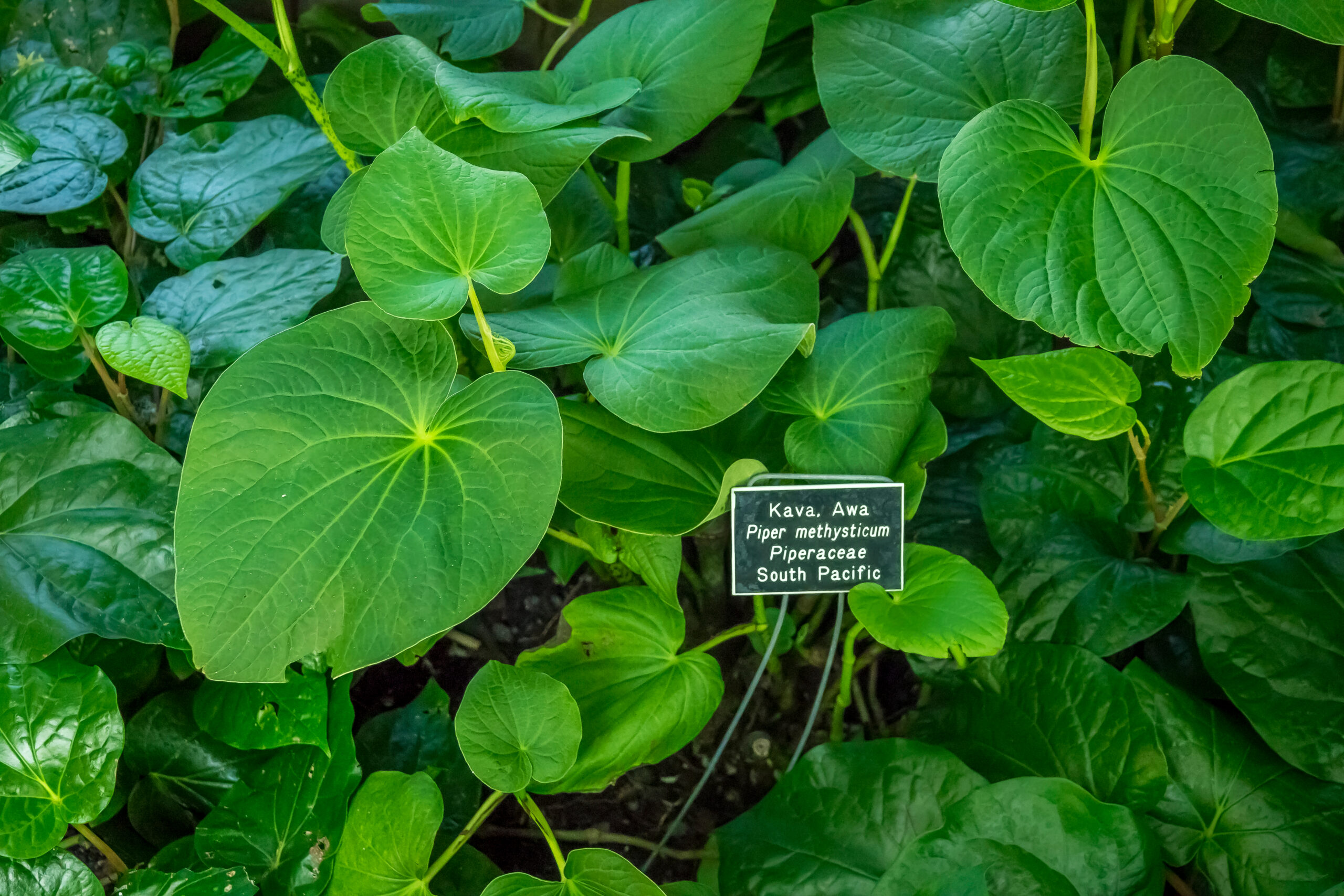
Kava is a plant native to the South Pacific islands, traditionally used to promote relaxation and reduce anxiety. The root is ground into a drink that has been a part of Polynesian culture for centuries. However, increased commercial demand for kava products has led to overharvesting and depletion of wild populations. Conservation efforts focus on promoting sustainable cultivation practices to protect this culturally significant plant.
Arnica (Arnica montana)
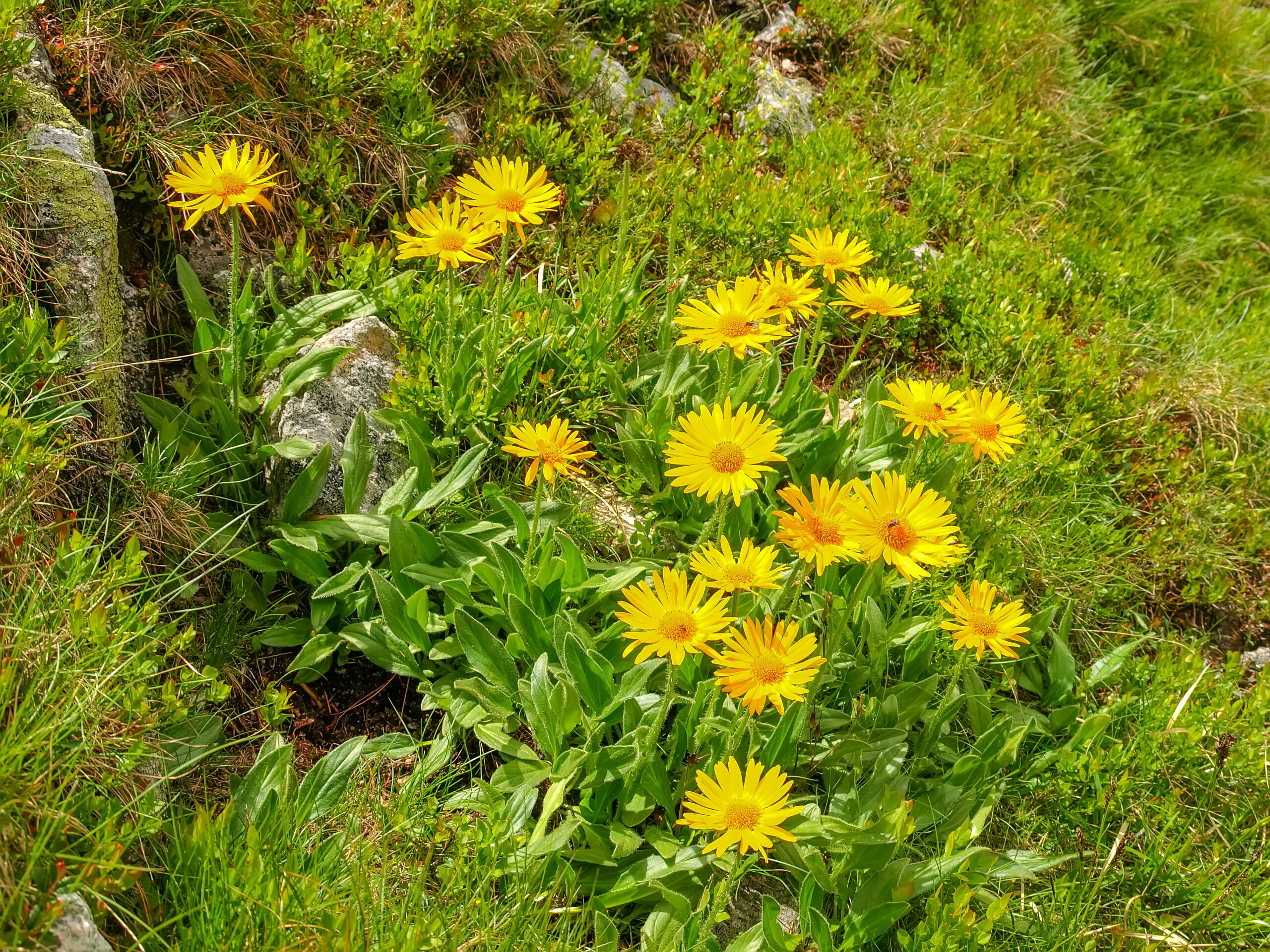
Arnica is a flowering plant found in alpine meadows, known for its anti-inflammatory properties. It is commonly used in topical treatments for bruises and muscle pain. Due to its slow growth and specific habitat requirements, overharvesting has significantly reduced wild populations in Europe. Arnica is now cultivated in controlled environments to meet demand and prevent further depletion in the wild.
Sandalwood (Santalum album)
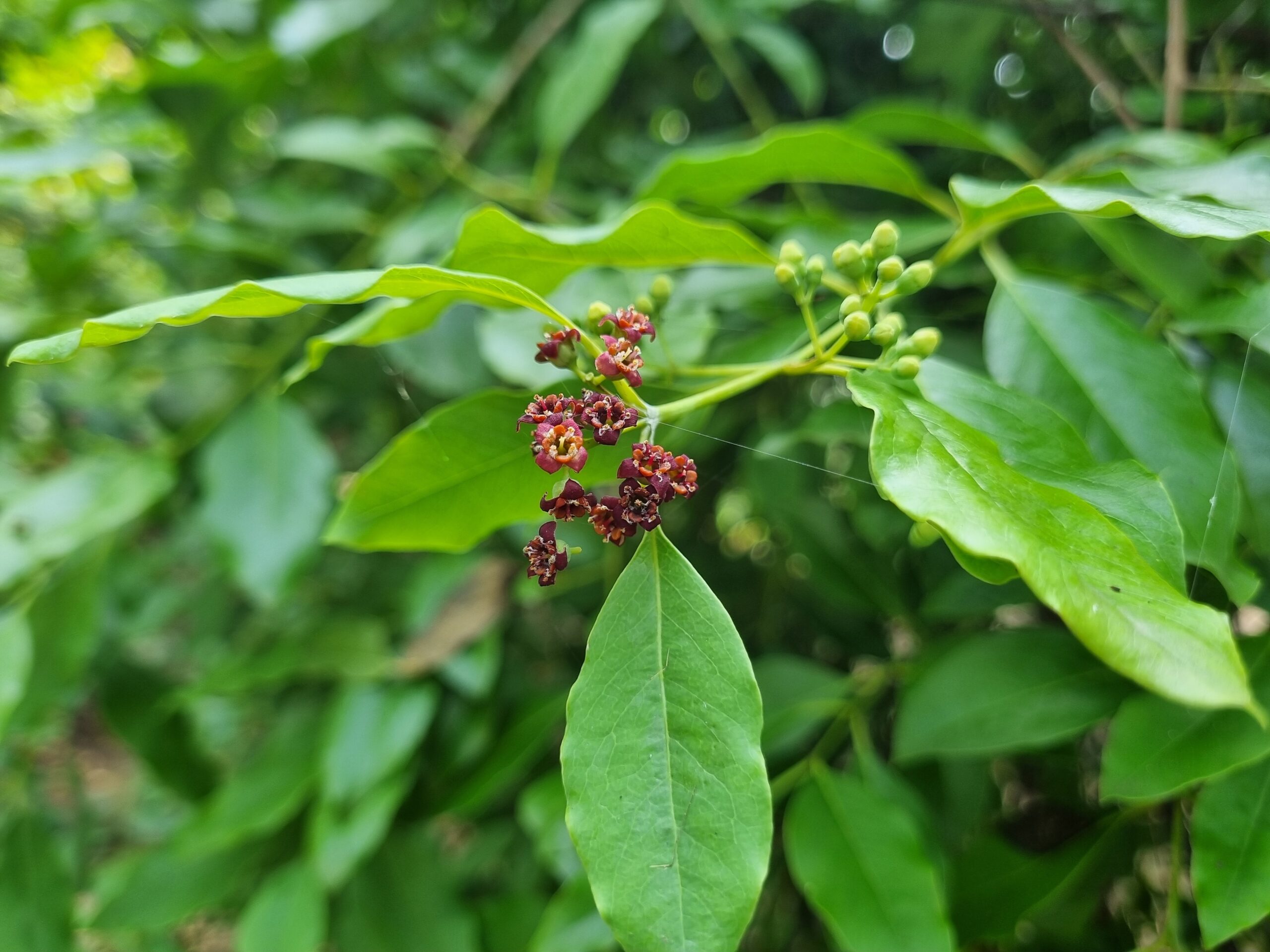
Sandalwood is a highly sought-after tree known for its fragrant oil, used in perfumes and traditional medicine. It is native to India and other parts of Asia. Overexploitation for its valuable wood and oil has led to its endangered status. Sustainable harvesting and reforestation programs are being promoted to protect remaining wild populations and restore its habitat.
African Cherry (Prunus africana)
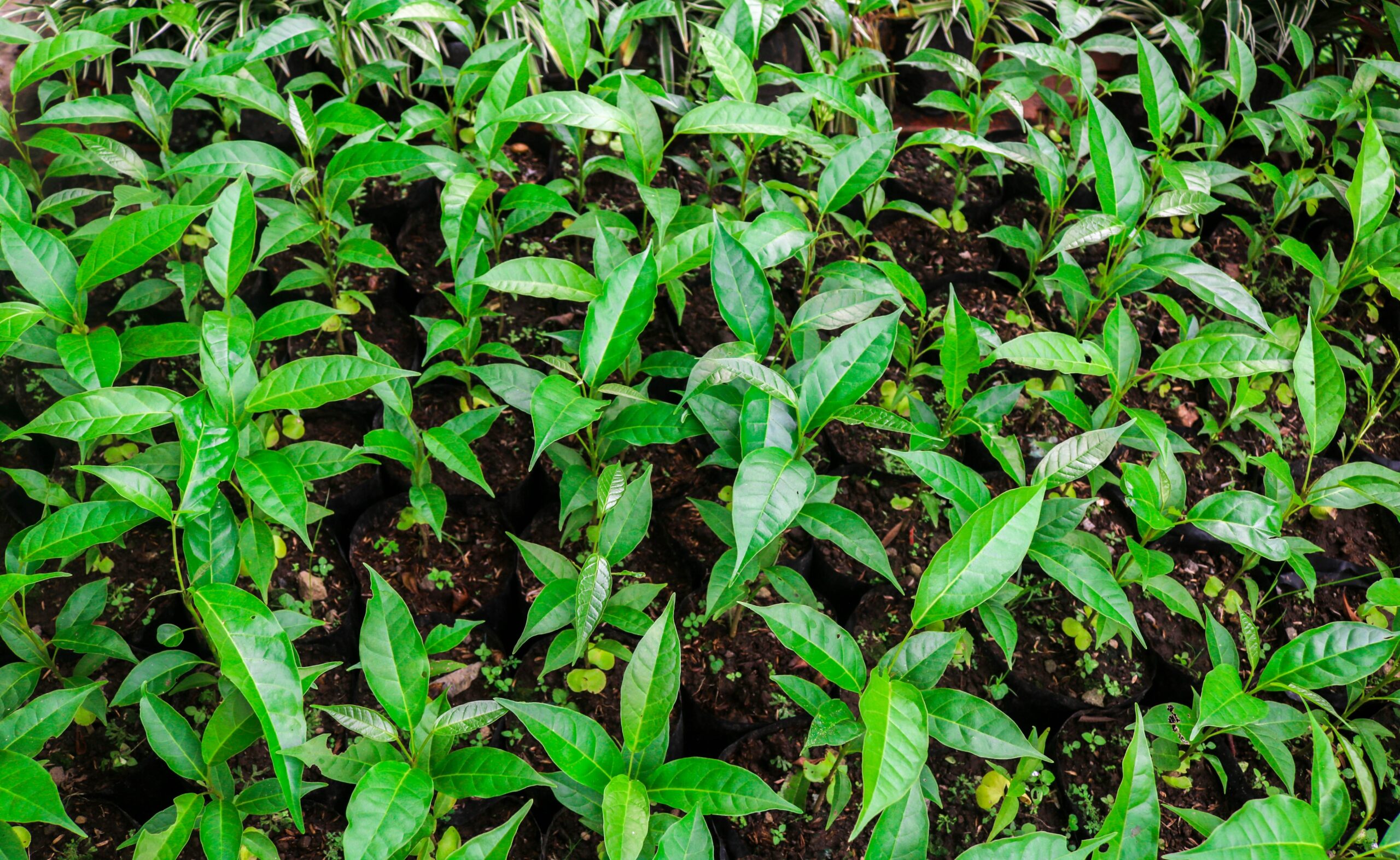
African cherry is a tree native to the highland forests of Africa. Its bark is used to treat prostate disorders, making it highly valued in herbal medicine. However, unsustainable harvesting practices have severely depleted its population. Conservation programs are working to ensure regulated harvesting and promote cultivation to meet medicinal demand without further endangering the species.
Yew Tree (Taxus brevifolia)
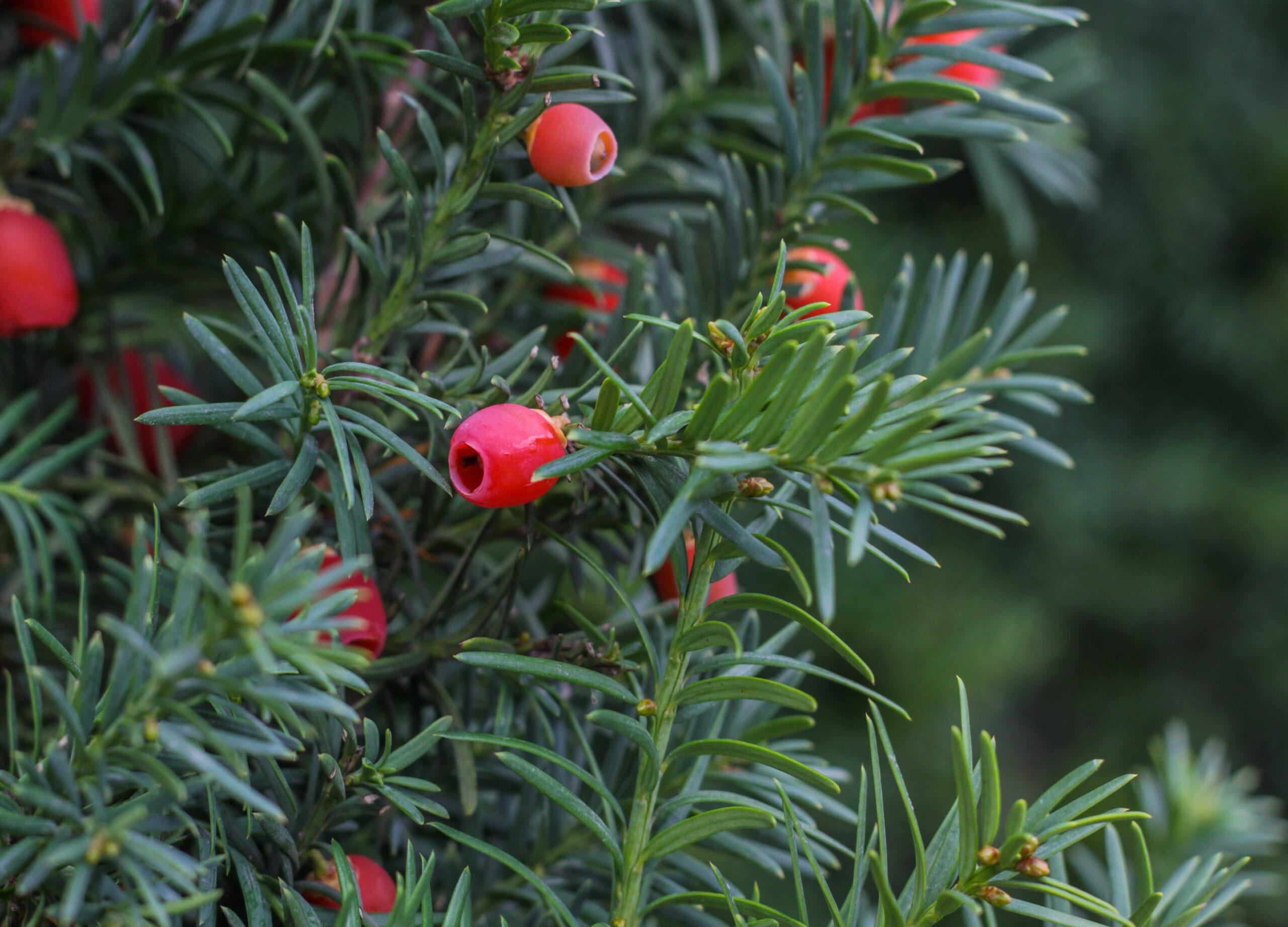
The Yew tree, native to the Pacific Northwest, is known for producing taxol, a compound used in cancer treatments. Its bark is harvested to extract this life-saving chemical, which has led to overharvesting. Slow growth rates and habitat destruction have pushed the Yew tree to endangered status. Efforts are being made to develop synthetic alternatives and cultivate the tree for medicinal purposes, reducing pressure on wild populations.
Devil’s Claw (Harpagophytum procumbens)
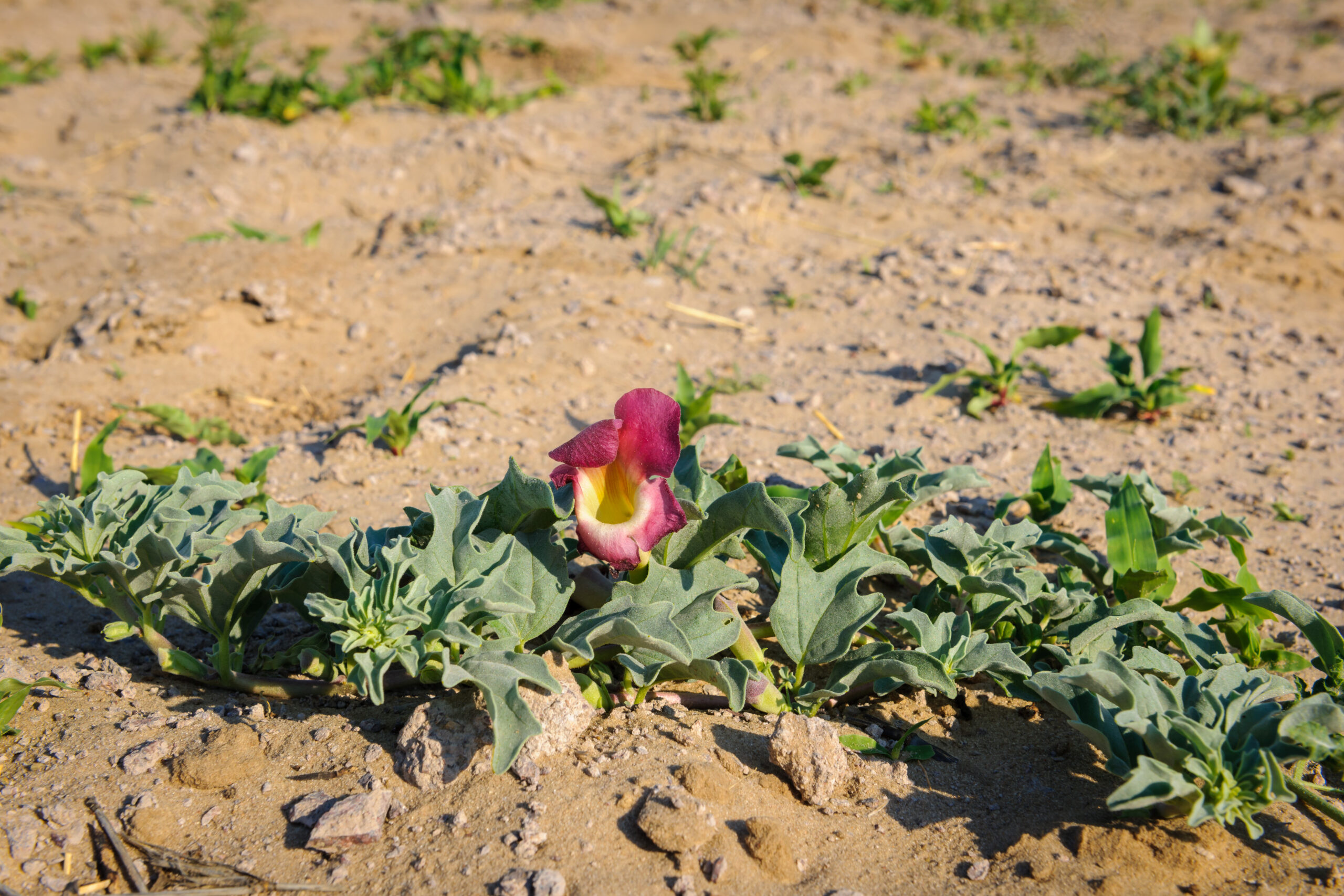
Devil’s Claw is native to the arid regions of southern Africa. It is widely used for its anti-inflammatory and pain-relieving properties, particularly for treating arthritis. The plant’s tubers are harvested for medicinal use, but overharvesting and habitat loss have severely impacted its wild populations. Conservation measures are focused on sustainable harvesting and cultivation to protect this valuable medicinal resource.
Aloe Vera (Aloe vera, wild species)
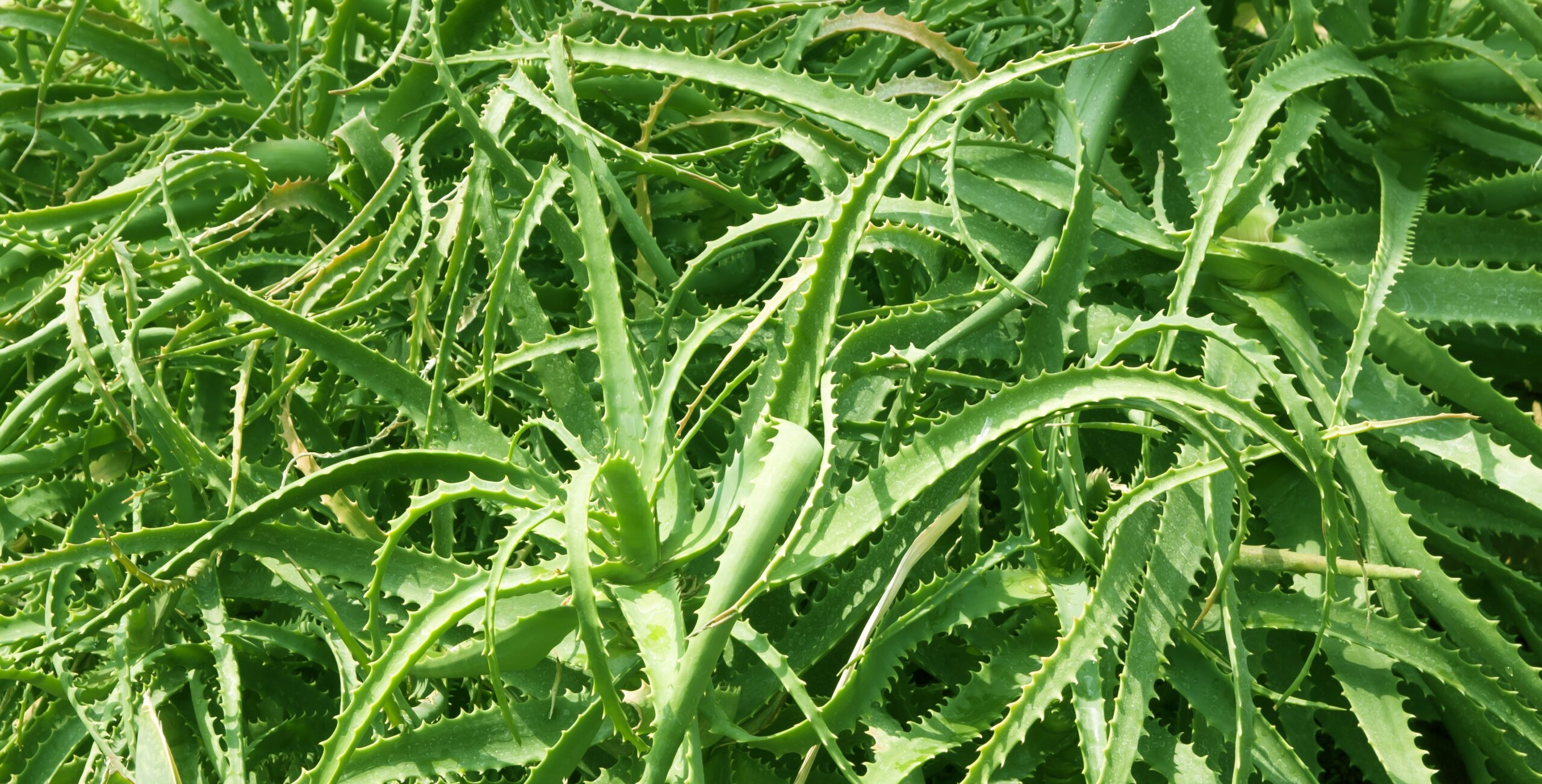
Wild species of Aloe Vera grow in arid regions, mainly in Africa. Unlike the cultivated varieties used commercially, wild Aloe Vera is under threat due to habitat loss and overharvesting. Its gel is widely known for soothing burns, wounds, and skin conditions. Overexploitation for both traditional and modern uses has led to a rapid decline in wild populations. Conservation efforts now focus on protecting these natural habitats and reducing unsustainable harvesting.
Jaborandi (Pilocarpus jaborandi)
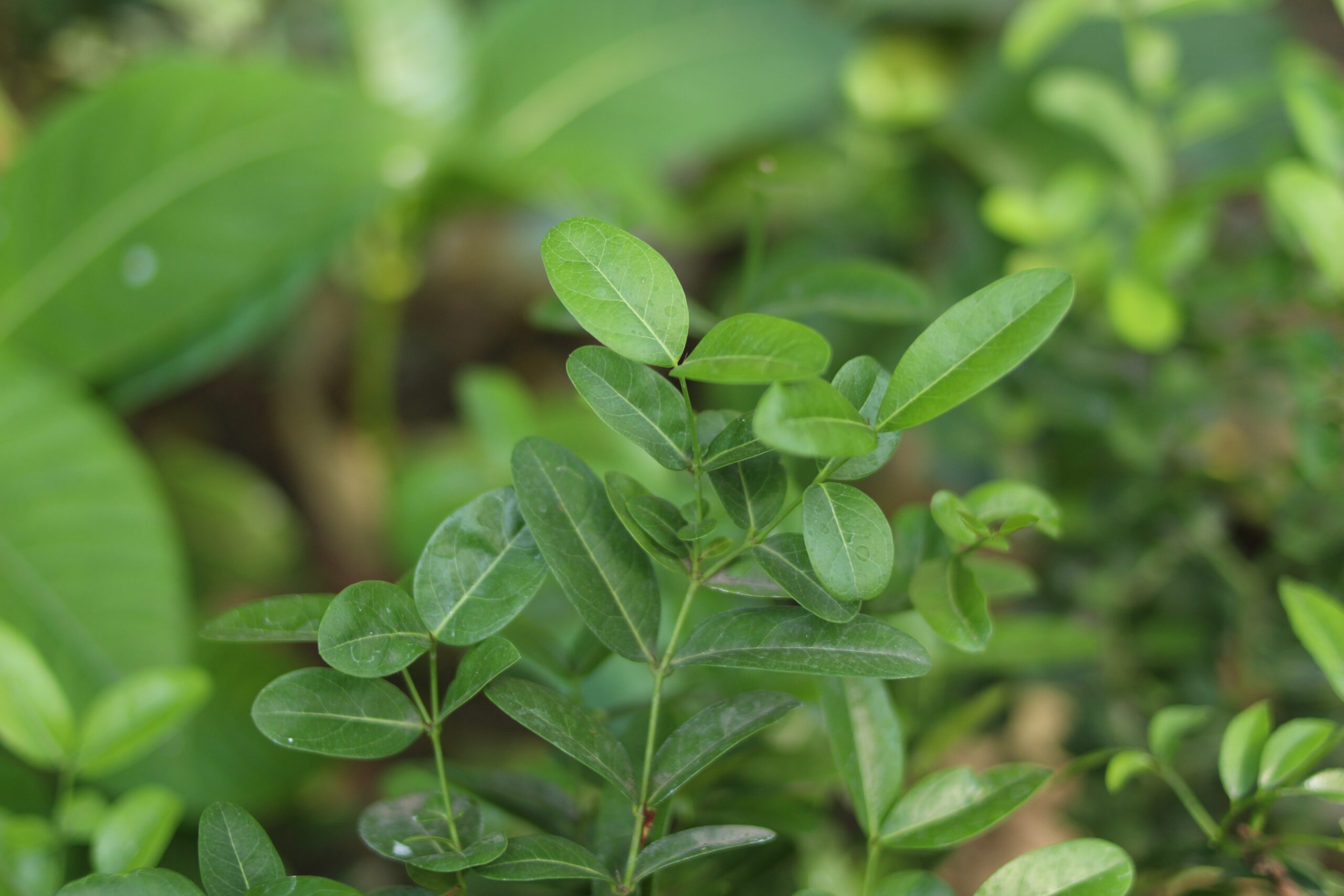
Jaborandi is a medicinal plant native to Brazil, known for its alkaloid, pilocarpine, used in treating glaucoma. It thrives in tropical rainforests, where it has been harvested for generations. Overharvesting for pharmaceutical purposes has led to a decline in wild populations. Conservation programs aim to cultivate Jaborandi sustainably, reducing the strain on wild plants while maintaining its medicinal benefits.
Lady’s Slipper Orchid (Cypripedium calceolus)
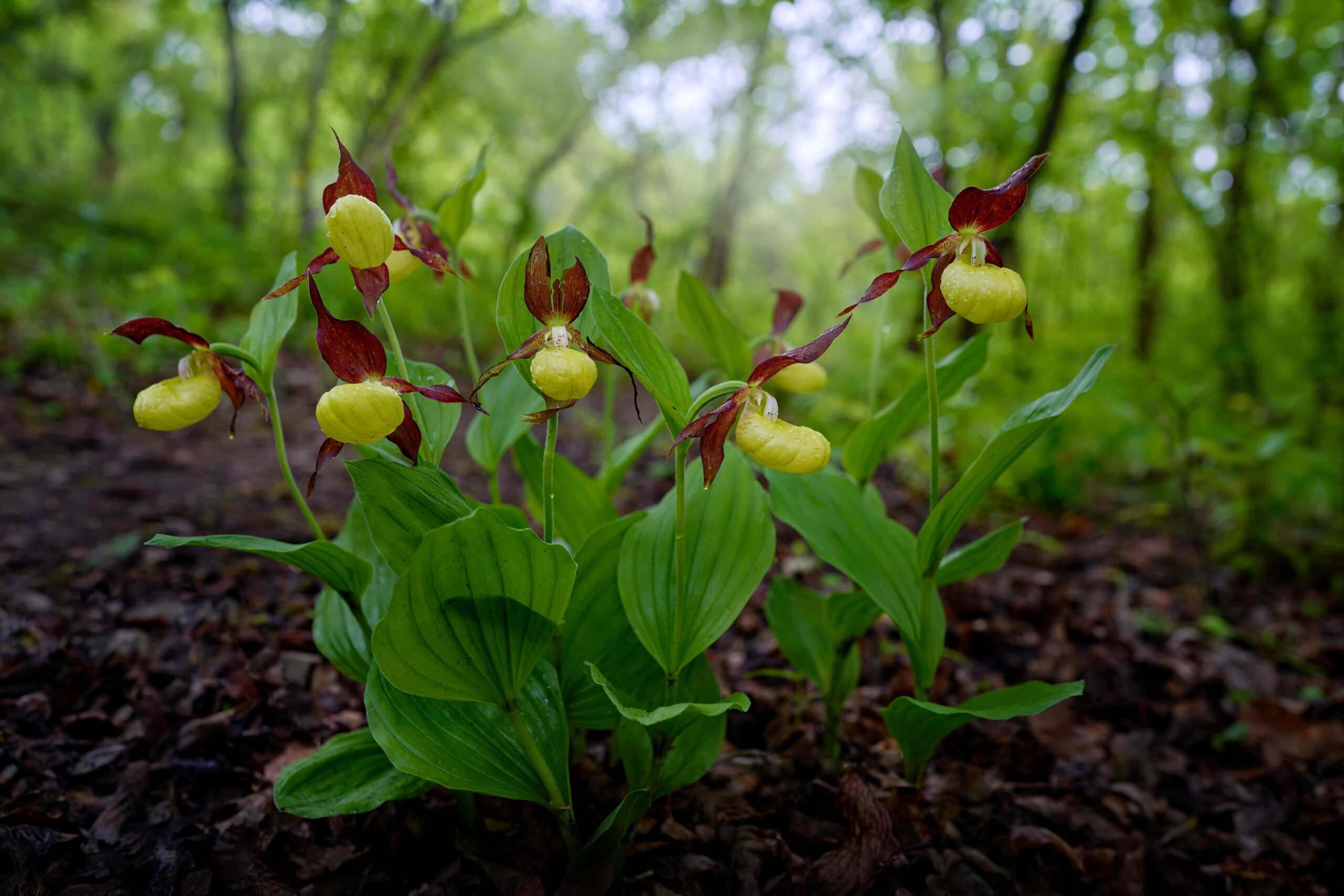
Lady’s Slipper Orchid is a rare plant found in Europe and parts of Asia. It has been traditionally used for its sedative properties, treating anxiety and insomnia. However, its delicate habitat has made it highly vulnerable to habitat destruction and illegal collecting. Efforts are now in place to protect the remaining populations and restore their habitats through controlled replanting and conservation laws.
Boswellia (Boswellia sacra)
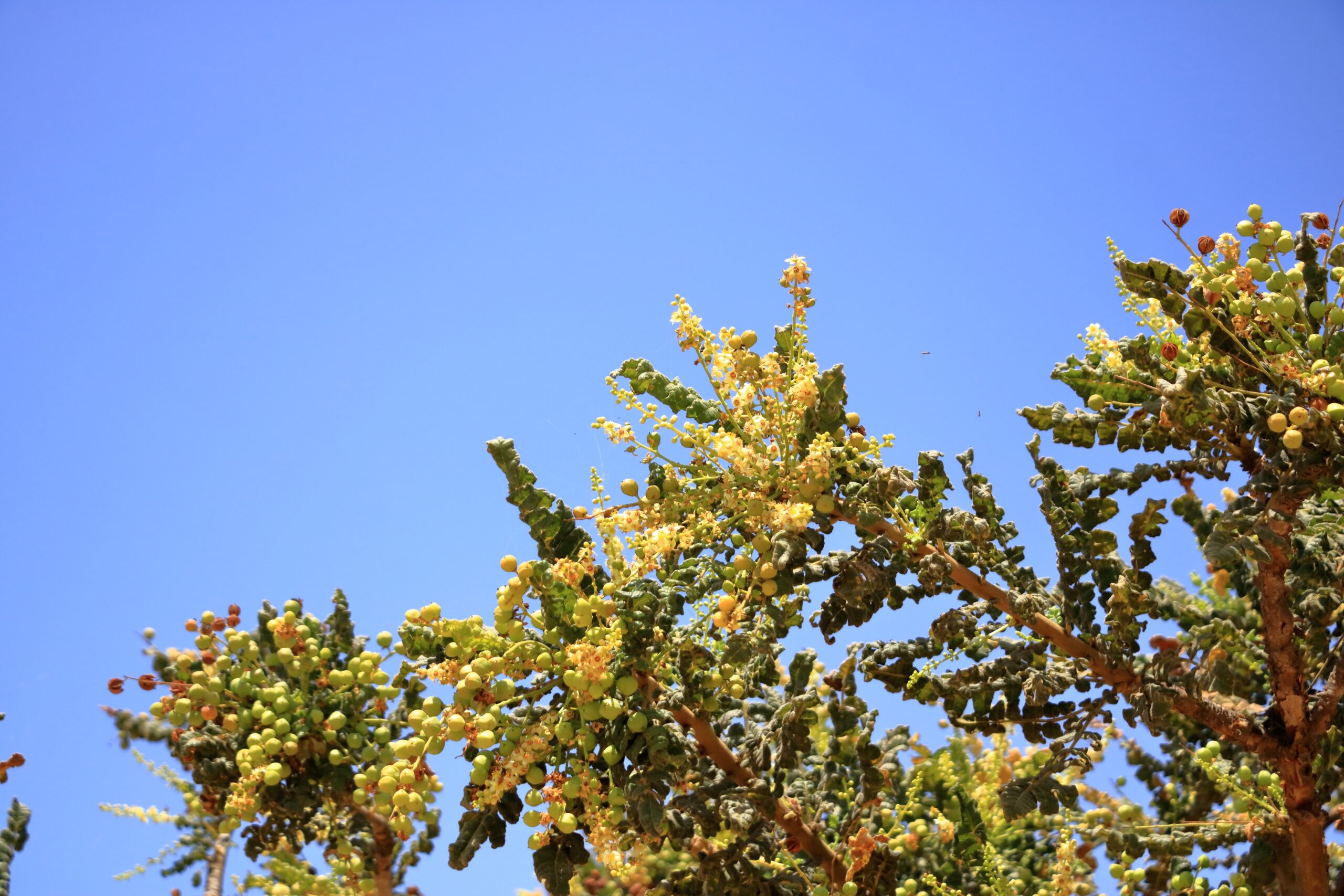
Boswellia, native to parts of the Middle East and Africa, is the source of frankincense, a resin with anti-inflammatory properties. It has been used in traditional medicine to treat arthritis and other inflammatory conditions. Overharvesting for its valuable resin, combined with habitat degradation, has led to its endangered status. Conservationists are working to regulate harvesting practices and protect its natural environment.
Candelilla (Euphorbia antisyphilitica)
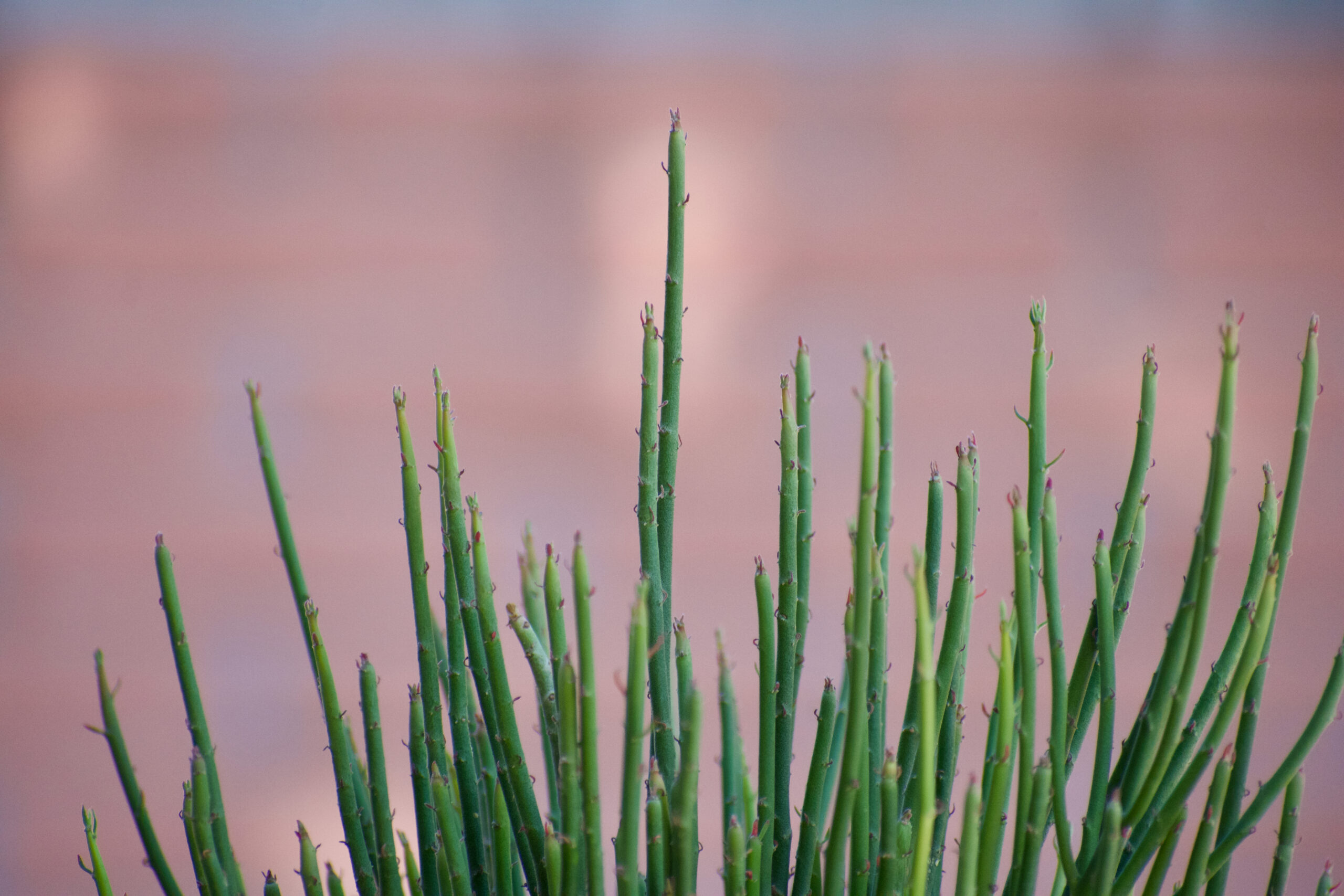
Candelilla is a small shrub native to the deserts of Mexico and the southwestern United States. It is known for producing wax used in various industrial and medicinal applications. Overharvesting for its wax, combined with habitat loss, has severely impacted its population. Sustainable harvesting practices are being promoted to protect this important desert plant and its natural ecosystem.
Snow Lotus (Saussurea involucrata)
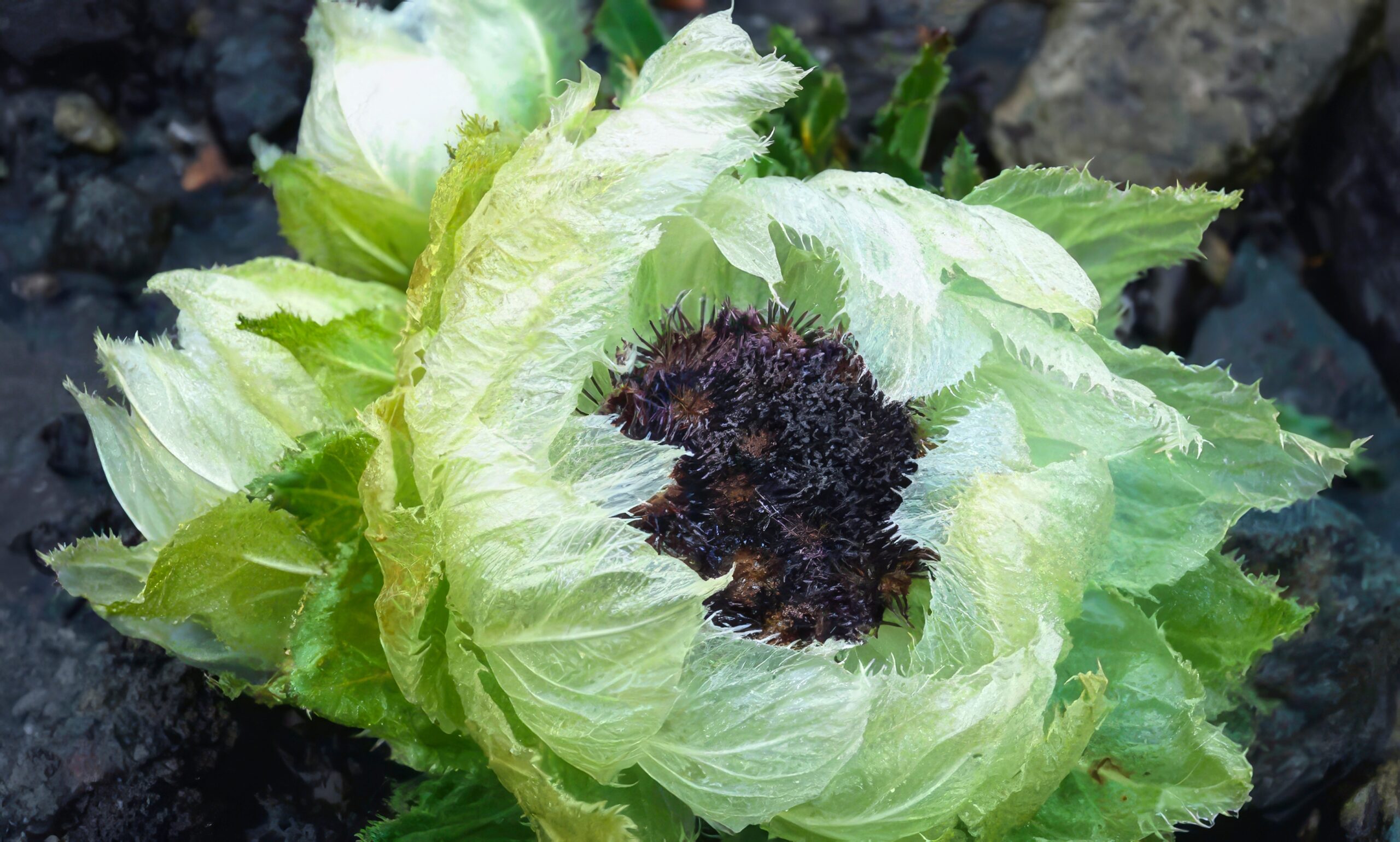
Snow Lotus is a rare plant native to the high altitudes of the Himalayas and the Tibetan Plateau. It thrives in extreme cold and is known for its anti-inflammatory and pain-relieving properties. Traditionally used in Chinese medicine to treat various ailments, including menstrual pain and altitude sickness, its medicinal value has made it highly sought after. Overharvesting, along with climate change, has drastically reduced wild populations. Conservation efforts focus on habitat preservation and sustainable harvesting to protect this delicate alpine species.
This article originally appeared on Rarest.org.
More from Rarest.org
10 Underrated Musicians Who Pushed the Boundaries of Sound

In the world of music, some artists push the boundaries of sound in ways that are innovative, bold, and ahead of their time. Read More.
16 Mysterious Rock Formations with Unusual Shapes
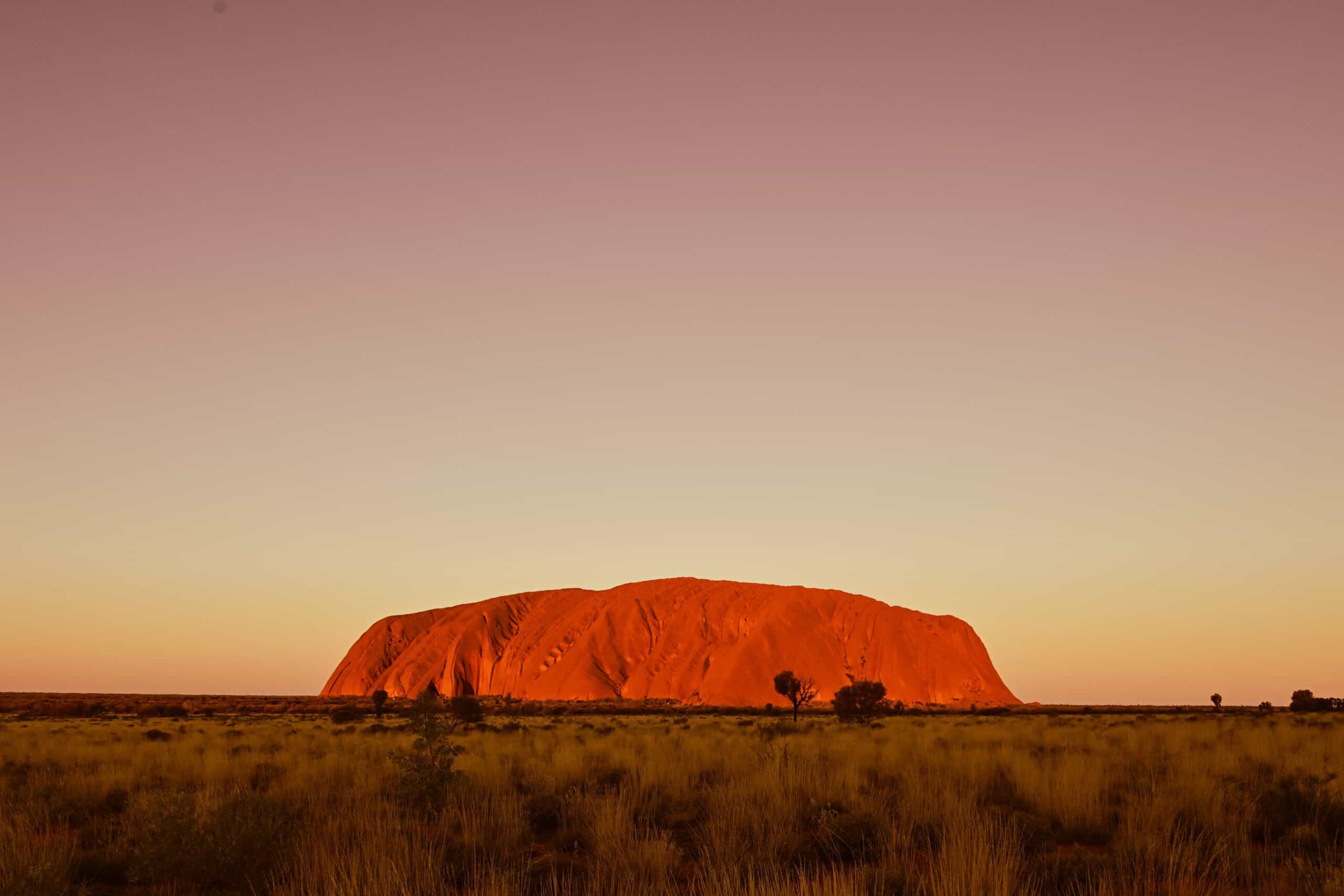
Nature has a way of sculpting the world around us in fascinating and unexpected ways, and nowhere is this more evident than in the mysterious rock formations found across the globe. Read More.
15 Ancient Trees with Historical Significance
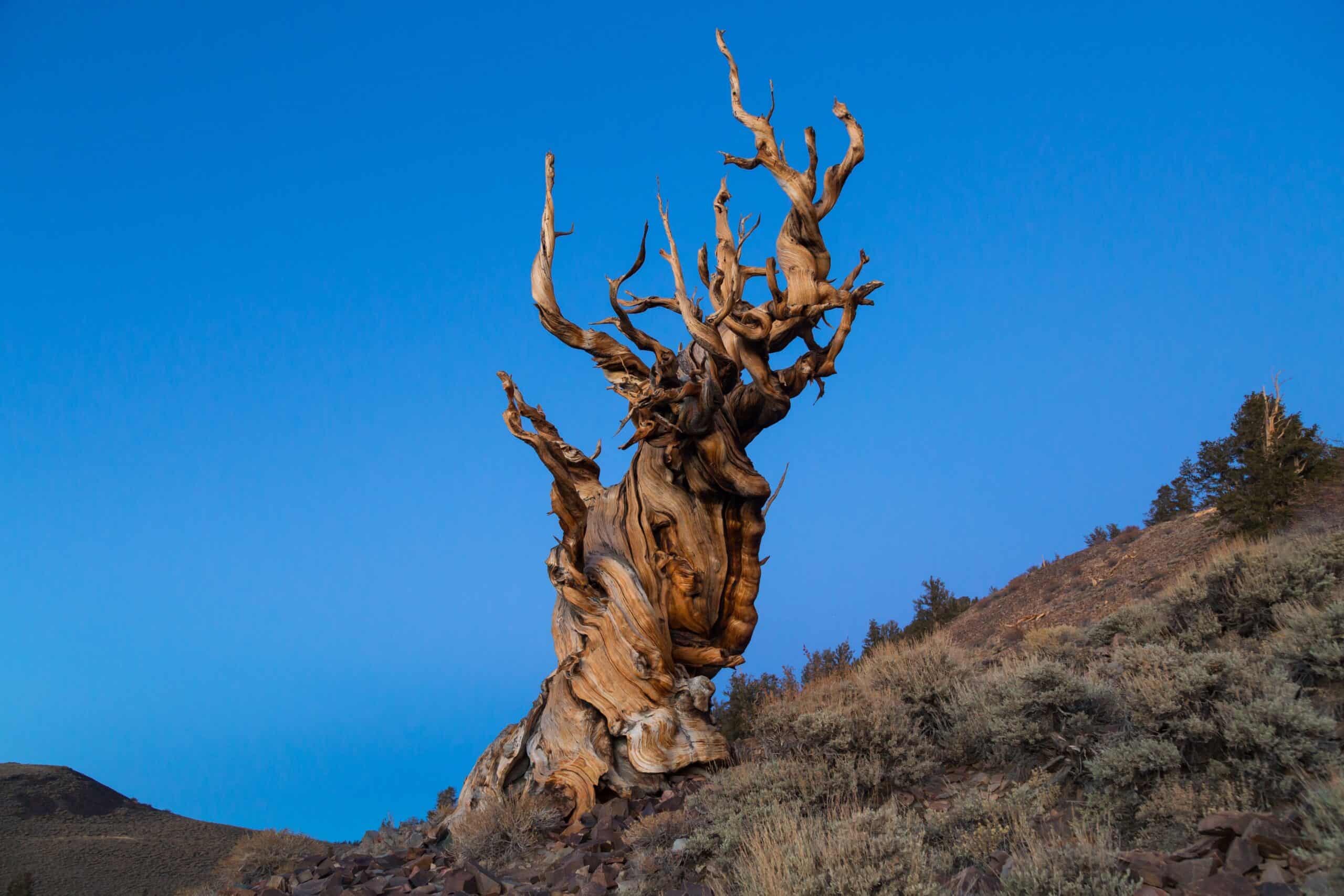
Ancient trees are more than just towering giants of the natural world; they are living witnesses to history, culture, and human civilization. Read More.
